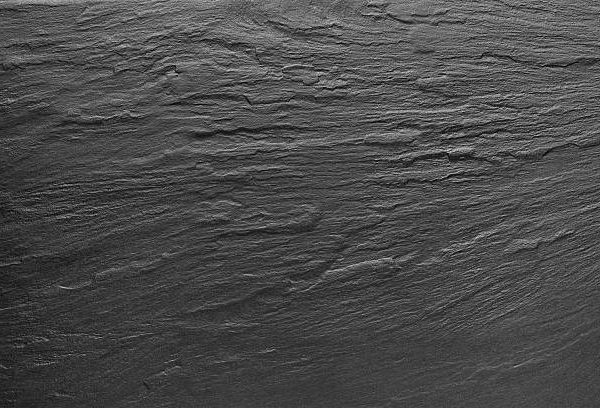Inclusion, threefold

Quand l’actualité actualise
I had written this text some time ago, and its introduction talked about coincidences. Now it seems to me that the news of Co-Vid 19* invites me to a new, updated introduction. Indeed, what could be better than confinement to make us experience a form of exclusion, which in turn calls for reflection on inclusion? In times of confinement, we are prevented. Prevented from circulating as we wish, prevented from meeting each other physically, prevented from taking care of ourselves for some, prevented from learning for others… While the effects of isolation have been discussed at length, it seemed interesting to me to understand how exclusion can nourish inclusion.
Si je l’écris autrement: le rejet pourrait-il être une force motrice en faveur de l’inclusion? Voici donc trois livres qui abordent ce sujet, sous des angles différents.

In this novel of post-war America, the plot begins on the day that Coleman Silk, the light-skinned dean of the University of Atlanta, is accused of racism for uttering the word spooks in class. In its original meaning, spooks means ghosts or spies. But spooks is also used in slang to pejoratively refer to African-Americans.
Dès lors, Coleman Silk entreprend un combat féroce pour se défendre du racisme dont l’accusent deux étudiants puis bientôt le campus et la ville tout entière. Cette férocité est à la hauteur de la violence des mécanismes de rejet à l’œuvre silencieusement depuis bien plus longtemps en Amérique. Des mécanismes qui ont marqué le doyen Silk. Nous découvrons comment un mot interprété dans sa forme excluante, peut en cascade, déclencher l’exclusion de son auteur, dans une répétition tragique d’une histoire fractale. Nous comprenons enfin ce qui pourrait avoir amené Coleman Silk à prononcer ce mot ambivalent.

This book, with an educational aim, is intended to describe the issues of inclusion in design[1].
The sense of inclusion comes from what happens at the interface with the world. The products and environments we design, in addition to our human interactions, are the media. How can we make these media accessible to the greatest number of people?
In product design, the choice of the perimeter of inclusion is directly linked to the subjectivity of the designer, in his relationship to his own abilities first of all: if I am left-handed for example, I will naturally create an object that I can manipulate. It would thus be difficult, without being insurmountable, to put oneself in someone else’s shoes and imagine the barriers to use as one imagines them.
The author also questions the Gauss curve model, or normal law[2] : where 80% of the population stands, in the jargon. Used as a reference of what is considered to be “normality” for designing products, 20% of people are de facto excluded from the perimeter. Is that a lot, 20%, in your opinion?
Sans vouloir dévoiler tout le contenu du livre, je termine en mentionnant qu’il traite des percées en design inclusif. Kat Holmes donne la preuve qu’elles peuvent mener à des inventions majeures, qui dépassent souvent l’objet premier de leur finalité.
[1] “What happens when a designed object rejects us? A door that won’t open. A transit system that won’t service our neighborhood. A computer mouse that doesn’t work for people who are left- handed. A touch-screen payment system at a grocery store that only works for people who read English phrases, have 20/20 vision, and use a credit card. When we’re excluded by these designs, how does it shape our sense of belonging in the world?” (p4, 2018, Holmes).
ABC
[2] A reference to the laws of probability that has fallen into the common “understanding” in business, and whose more precise knowledge would allow us a more adequate use?
Dreams from My Father, Barrack Obama

The story of Barrack Obama’s early years, raised by his mother and maternal grandparents in a humane acceptance of his mixed blood. A story that highlights the pervasive influence of his father, Kenyan. It is both a moral and physical influence that transcends time and space. In this book, Barrack Obama never ceases to question how to live his own identity, and, through it, how the United States can live its multicultural identity. Barrack Obama’s quest is nourished by his commitments on the ground, with African-American populations, sometimes resigned, sometimes combative. These populations carry both the imprisoning weight of rejection and the secretly contained hope of belonging. Not to belong to their community, nor to belong to the “white” community. That of belonging to an America that has become and is becoming: the America that is multiple.
L’histoire des jeunes années de Barrack Obama, élevé par sa mère et ses grands-parents maternels, dans une acceptation humaine de son sang mêlé. Un récit qui met en évidence l’influence omniprésente de son père, Kényan. C’est une influence à la fois morale et physique qui transcende le temps et l’espace. Dans cet ouvrage, Barrack Obama ne cesse d’interroger comment vivre sa propre identité, et, à travers elle, comment les Etats-Unis peuvent vivre leur identité multiculturelle. La quête de Barrack Obama se nourrit de ses engagements sur le terrain, auprès de populations afro-américaines, tantôt résignées, tantôt combatives. Ces populations portent à la fois le poids enfermant du rejet et l’espoir secrètement contenu d’appartenir. Non pas d’appartenir à leur communauté, ni d’appartenir à la communauté « blanche ». Celui d’appartenir à une Amérique devenue et en devenir : celle qui est multiple.
Je vous laisse apprécier, si vous en avez le temps et l’envie, ces trois ouvrages à la lumière de la question : “le rejet pourrait-il être une force motrice pour l’inclusion?” Il semblerait que oui.
* il semblerait qu’il faille utiliser le féminin, car nous faisons référence à la maladie au coronavirus 19 (Coronavirus Disease 2019)




